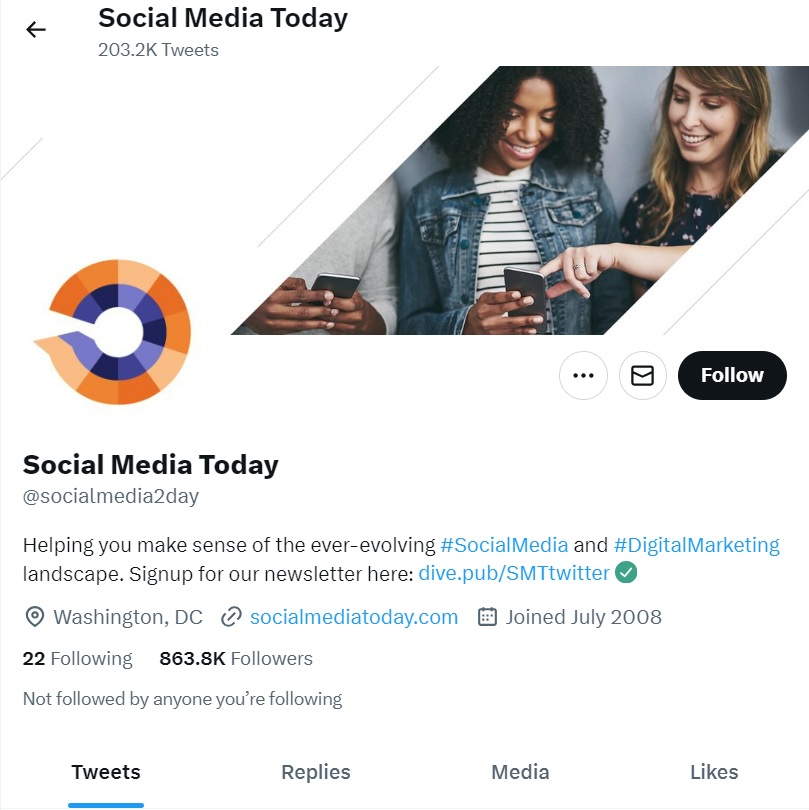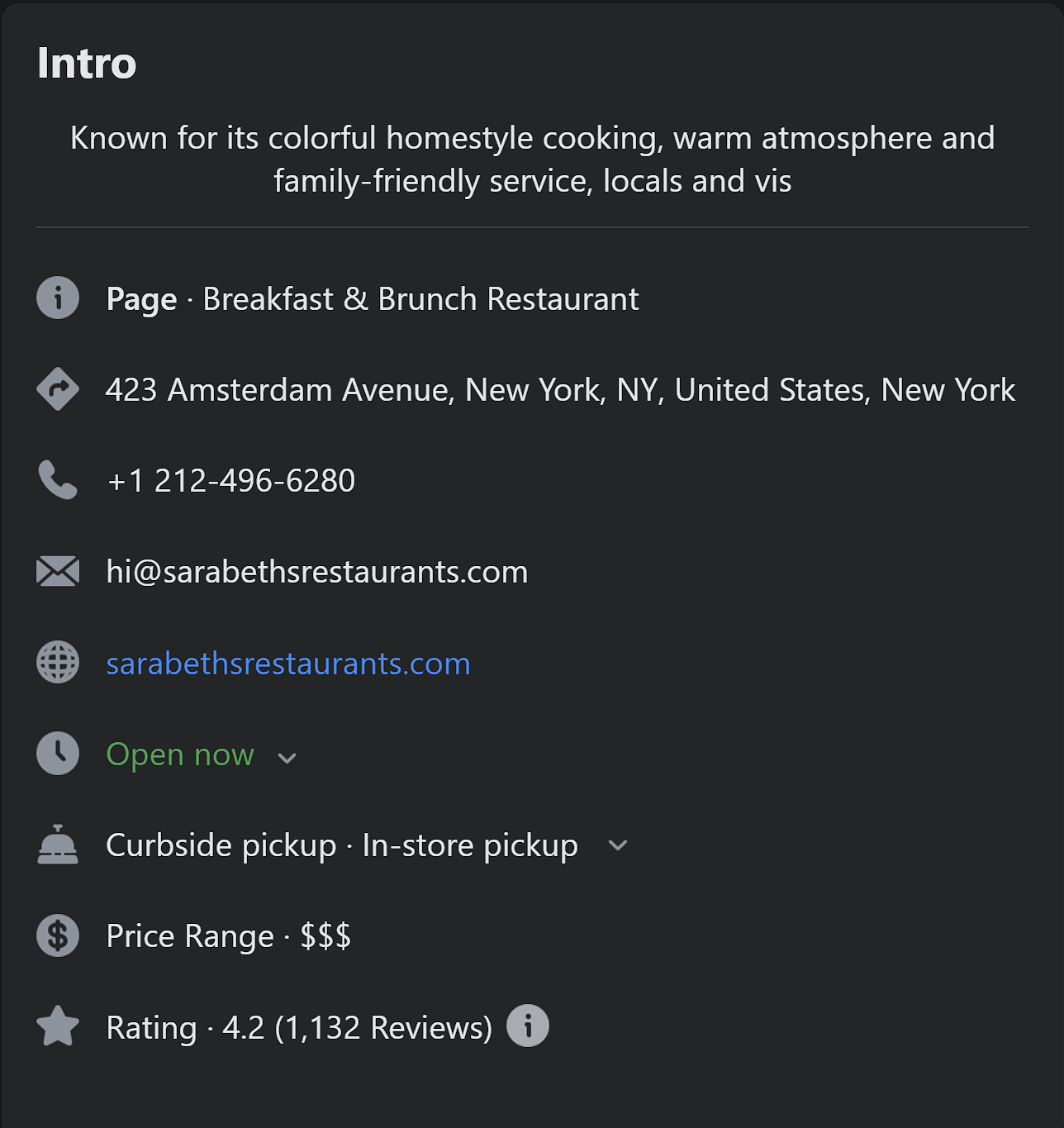The Power of Social Media SEO: Everything You Need to Know
Social media platforms are search engines in their own right. Millions of users use these platforms to discover and learn about new things every day.
For context, YouTube is ranked as the second most popular search engine. It’s only second to Google. Facebook is also among the top search engines in the world.
So, pay attention to search engine optimization (SEO), particularly for social media. Social media SEO helps optimize your social media profile and content. It’s essentially the same thing as standard SEO but for social media platforms.
This article will show you how to execute an effective social media SEO campaign. Let’s get started.
Strategies for Effective Social Media SEO
Here are some strategies you can apply for effective social media SEO.
Utilize Keywords
Keywords are at the heart of all SEO strategies. Search engines rely on keywords to determine what the user is looking for and fetch relevant results.
Therefore, keyword research should be a priority for your social media SEO efforts. If you already have a target keyword list for your website, then the same keywords are likely to be relevant for your social media SEO.
Let’s say you have CRM software. A good SaaS keyword research strategy will uncover various lucrative keywords that will work brilliantly for your social media campaigns. But you don’t have to stop there. Perform a search on social networks and look for relevant hashtags and additional keywords as well.
After building your keyword list, the next step is knowing where to add those relevant keywords. The first and obvious place is in your bio. From the image below, you can tell what keywords this business wants to be associated with.

You can also add a keyword to your social profile’s name. The other obvious places to add keywords are in your captions and post alt text.
A gentle reminder — just like standard SEO, avoid keyword stuffing.
Establish your Location
Just like Google, social media networks consider location when showing the results of certain queries. If a user is searching for a restaurant, it only makes sense that results be near the user’s location.
Help social media accounts understand where your business is located. You can do that in several ways.
Add your store’s location to your profile. Here’s an example.

You can also use location tags in individual posts as part of your social media marketing. This is helpful since you also want users to come check out your business. Here are sample location tags. See the “New York, NY, United States” just below the social profile name?

Facebook also lets you create location pages if you have multiple physical stores. This is useful for multi-store franchises, such as restaurants and retailers.
Gather Social Proof
Social proofing involves using reviews, testimonials, ratings, and even celebrity endorsements to boost your credibility and reputation. This convinces potential customers to use your products because others have done the same.
Social proof doesn’t only boost sales, though. It can also improve your engagement and, therefore, your online visibility on social platforms. That makes sense. Since people attest to the fact that you’re the real deal, social media users will likely comment, share, and like your content as well. When social media platforms see your content gets a lot of engagement, they’ll likely rank it high.
One good place to start in this area is to enable ratings and reviews on your social accounts. On Facebook, the ratings will be displayed when your business appears in the search results:

Also, encourage your customers to produce user-generated content for you. Brands that use UGC generate a 28% higher engagement than companies that don’t. Besides, UGC, on its own, can generate a lot of engagement signals, and may be seen in search results. That means more search visibility for your business page.
Shown above, for instance, is UGC that appeared in the search results for the query “bakery.”
A good business will naturally generate good, genuine reviews. However, you can encourage more reviews by incentivizing your customers with things like discount coupons.
Engage with your Audience through Other Types of Content
We’ve seen how endorsements from other users can help encourage engagement signals, and how these signals can help content rank on social channels. But to generate these engagement signals with the help of social proof, you need to have high-quality content people will interact with in the first place. And I’m not just talking about social proof like UGC that can easily help you get likes, comments, and shares on its own. I’m talking about other types of content people love just as well.
Content that informs is one such example. If you sell email marketing software, for instance, why not offer your social media audience some tips on how to create a newsletter? You don’t even have to write your post from scratch. You can just repurpose your existing blog post on email newsletter best practices using a generative AI platform. With this strategy, you don’t just save time in content creation. You can also help ensure your final social post is on-brand.
Content that employs humor performs well, too. Check out how this engaging Instagram post from Zendesk did:

You might also want to consider other social media content formats like infographics and animated videos.
If you run out of social media content ideas, you can check out your competitors’ social media profiles. See what types of content generate a lot of engagement there, and create and post your own improved version.
Staying Ahead in Social Media SEO
Social sites are changing. That’s why it’s essential to stay updated with the latest trends and developments. Here’s how to do that:
- Try out new social media features. Social channels tend to boost social content created with their new features to accelerate adoption among users. Try out new features before they go mainstream.
- Know algorithm changes. Social media channels are typically transparent about the changes to their algorithms. Facebook publicizes news about its social media site on Meta’s news page. Stay on top of such news so you can pivot your strategy if necessary.
- Monitor your competitors. Use social media analytics tools to learn what hashtags and keywords your competitors are using. This is imperative data that can inform your next plan of action.
Social media SEO requires continuous monitoring and tweaking. Join relevant groups to stay updated.
Conclusion
Hopefully, this guide has shed some light on social SEO and how you can leverage it to boost your visibility on social channels. Just follow the four tips I shared with you.
Leverage the power of keywords. Establish your location as well. You want your chosen social channel to prioritize showing your content to users in the same vicinity. Gather social proof and interact with your audience, too, of course. These will help you generate a high level of engagement that will make social media algorithms favor your content.





